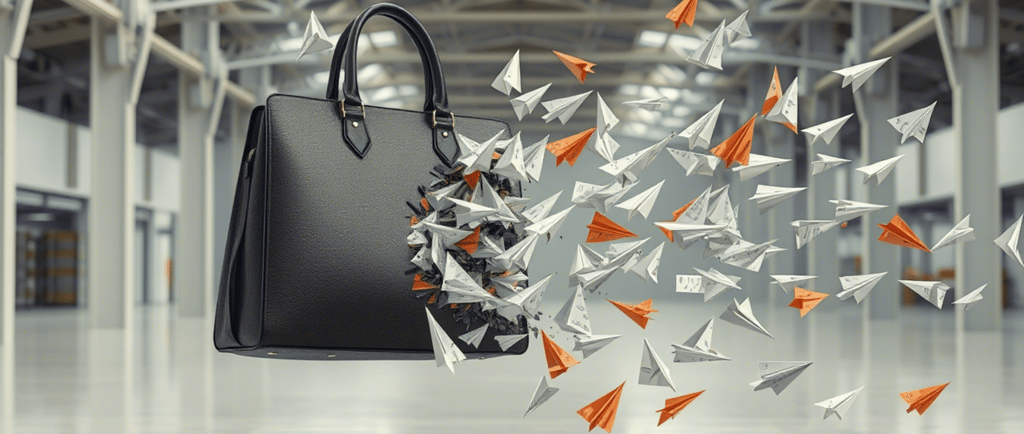The Battle of Symbols: When Fast Fashion Collides with Luxury’s Codes
7/31/20252 min read


In the hushed ateliers of Milan, the sunlit workshops of Paris, and the sleek design studios of New York, a silent war has been waged for centuries. It is not fought with weapons, but with threads, logos, and the intangible aura of exclusivity. The luxury industry, a realm built on heritage, craftsmanship, and the sanctity of symbols, now faces an adversary born of the digital age: the relentless speed of fast fashion.
The latest skirmish unfolds in a courtroom. Coach and Tapestry, guardians of American luxury, have drawn their swords against Shein, the Chinese e-commerce titan accused of copying their signature designs. At stake are more than handbags or patterns—it is a clash over the very DNA of luxury. Trademarks, those meticulously crafted symbols of identity, are the battlefield. For Shein, a brand built on algorithmic trends and hyper-speed replication, the accusation is familiar. For the luxury houses, it is a line in the sand.
Luxury’s essence lies in its paradox: it is both art and asset. A monogrammed bag is not merely an object but a story—of artisans stitching leather by hand, of decades-old design codes, of whispered exclusivity. When a fast-fashion giant replicates those symbols, the story fractures. The logo, once a badge of belonging to an elite tribe, becomes a commodity, stripped of its narrative. The damage is not just financial but existential.
Yet this lawsuit is more than a legal footnote. It mirrors a seismic shift in consumer culture. Fast fashion thrives on immediacy, offering runway-inspired looks for pennies, while luxury clings to timelessness. But as generations raised on Instagram and TikTok demand both speed and status, the lines blur. The danger for luxury is not just imitation but dilution—a world where a 50 Shein tote, adorned with a suspiciously familiar “C,” sits beside a 500 Coach original in the same social media post.
The courtroom drama also exposes a deeper tension: Who owns culture in the digital age? Luxury brands argue that their trademarks are sacred, earned through decades of investment. Fast-fashion disruptors counter that trends belong to the masses. Yet in this debate, a quiet revolution simmers. Younger consumers, increasingly wary of environmental and ethical costs, are questioning both sides. The allure of “dupes” clashes with growing disdain for disposability. Luxury’s response—fighting not just for profits, but for the soul of craftsmanship—could redefine its relevance.
As the case unfolds, the industry watches. A victory for Coach and Tapestry might embolden others to defend their symbols more fiercely. A loss could signal open season on luxury’s visual language. But beyond the verdict lies a larger story: the eternal dance between exclusivity and accessibility, art and commerce, legacy and disruption.
In the end, the battle is not just about handbags or trademarks. It is about value—what we choose to protect, what we allow to be copied, and what remains sacred in a world obsessed with the next new thing. For luxury, the fight is not merely legal. It is a reckoning with its own future.
